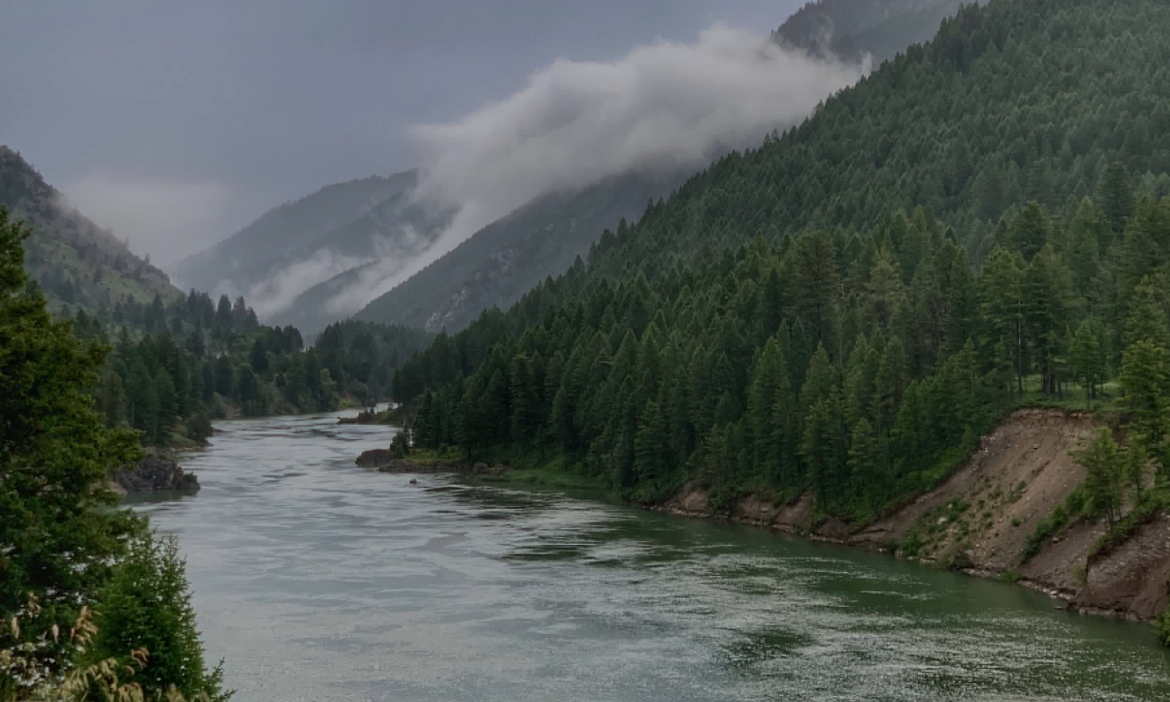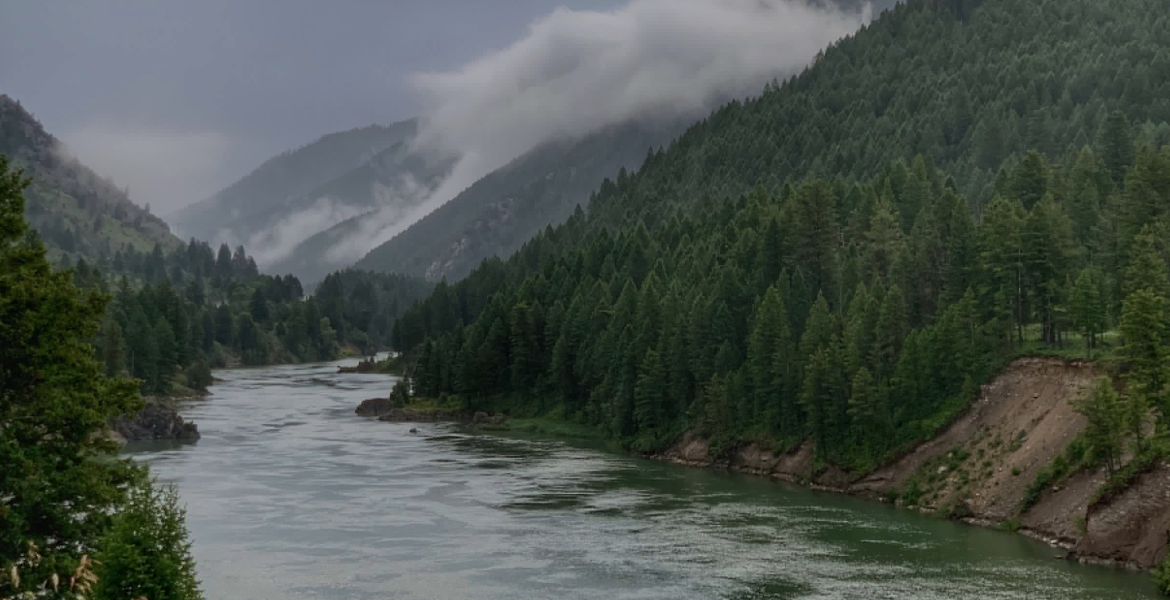
By Jim Stanford
Jackson Hole Daily
Via- Wyoming News Exchange
JACKSON — Despite a predominantly cold, wet spring, the Snake River basin remains in a drought, and federal water managers plan to use nearly all water stored in nearby reservoirs this summer to meet demand.
The release from Jackson Lake Dam into the Snake River could reach 2,500 cubic feet per second, a little higher than expected, if summer is hot and dry. And by late September, the Jackson Lake and Palisades reservoirs will be drained to 2 to 10% of capacity, leaving many boat ramps out of the water.
Officials from the U.S. Bureau of Reclamation made those projections at the agency’s annual water meeting Thursday at the Teton County Library. Staff from the bureau’s office in Burley, Idaho, and other federal agencies travel to Jackson each May to monitor the snowpack in the Snake headwaters and inform the public of dam management plans.
The bureau confirmed much of what it announced last month regarding Snake flows, which rose sharply earlier this week as warmer temperatures melted snow and swelled tributaries. The bureau also raised the release from Jackson Lake Dam from roughly 1,700 cubic feet per second to 2,000 cfs. The agency expects that release to be fairly steady between 1,750 and 2,500 cfs through mid-September.
“We started earlier to have a more moderate release over the summer,” said Brian Stevens, operations manager.
The bureau still projects that Jackson Lake will rise to a peak elevation of 6,747 feet above sea level by late June, but once the runoff subsides the lake will begin dropping; by late September, the bureau expects the lake elevation to be 6,734 feet — which would leave three major boat ramps out of the water.
The boat ramp at Colter Bay Marina is not expected to touch the water at all this summer, at an elevation of 6,753 feet. Signal Mountain Lodge’s boat ramp is at 6,737 feet and Leeks Marina is at 6,735 feet. The bureau expects Signal Mountain and Leeks to be functional until late August or early September.
At Palisades, which also will be drained to meet irrigation needs downstream in Idaho, the Blowout boat ramp could be out of the water in mid-July, while the Calamity ramp may last until early September, Stevens said.
Stevens and staff from other federal agencies painted a bleak picture of the drought plaguing most of the West and the Snake basin in particular. Although six weeks of cold, rain and snow have boosted snowpack to more than 90% of normal in many locations, the drought persists because of the severity of last year’s heat and dryness, which drained storage, and because snowfall was anemic for most of this winter.
The Natural Resources Conservation Service — which monitors 22 stations in the Snake headwaters to gauge snowpack — projects the runoff above Heise, Idaho, will be 88% of average.
But because reservoirs are so low after being drained last year, the amount of stored water, plus projected runoff, is the sixth-lowest total in the last 40 years, Stevens said.
Tim Axford of the National Weather Service said while cool, wet weather could continue intermittently for the next two weeks, beyond that the forecast calls for a greater chance of a hot, dry summer.
Forecasters expect temperatures to be above normal and precipitation below normal for June through August.
Erin Whorton of NRCS said the agency’s SNOTEL sites at high elevations around the region are registering snowpack near average for this time of year. But many sites, particularly at lower elevations where the snow melted earlier, are below the 30th percentile, she said.
In a drought, less snow often runs off into streams because it is soaked up by dry soil.
“It’s been a tough snowpack year, like last year,” Whorton said.
The Snake River at Flagg Ranch, above Jackson Lake, was flowing at roughly 2,000 cfs Friday, down from its peak of 4,000 on Tuesday — which could be its peak for the season. At Moose, the flow was about 5,000 cfs.
The bureau’s Stevens said he expects the Snake to peak at 10,000 to 12,000 cfs at the Swinging Bridge gauge south of Jackson in the first or second week of June. The agency projects Pacific Creek to crest at 2,200 cfs, the Buffalo Fork to reach 3,500 and the Gros Ventre River to peak at 1,500 — a flow it hit on Thursday.
Jon Roberts, who oversees water management and water quality for the U.S. Army Corps of Engineers, said he does not expect Snake levees through Jackson Hole to be stressed this year due to the modest runoff. The agency has taken advantage of low flows the last two years to do upkeep on the levees, he said.
Grand Teton National Park has opened its aquatic invasive species check stations. All watercraft entering the state of Wyoming, including the park, must be inspected by an authorized AIS inspector prior to launching on waters within the state.
Recreationists transporting any watercraft, including non-motorized vessels such as canoes, kayaks, stand-up paddle boards and inflatables, are required to stop every time they pass an open inspection station in Wyoming or Teton park.
Park inspection stations are located in Moose, adjacent to the post office, and in Moran, north of the entrance station. The stations will operate from 7:30 a.m. to 4:30 p.m. daily through Sept. 11.





